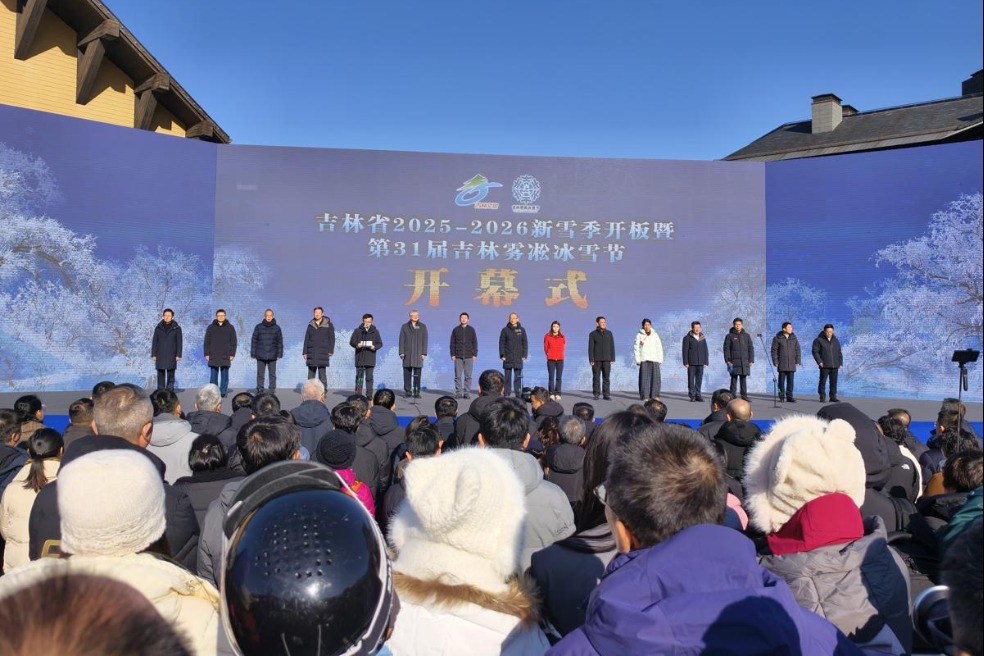Chinese researchers establish water vapor observation network in Qinghai-Tibet Plateau

LHASA - Chinese researchers announced Thursday they have set up an observation network of water vapor transmission in Southwest China's Tibet autonomous region.
The researchers set up the observation network along the Yarlung Zangbo Grand Canyon, known as the world's deepest canyon, which was confirmed as the largest water vapor transmission channel in the Qinghai-Tibet Plateau by Chinese Academy of Sciences (CAS) in 1981.
The transmission channel has obvious influence on the geography and landscape characteristics on the south and north sides of the Himalayas and its glaciers, according to the researchers.
The researchers set up comprehensive observation stations at the entrance, middle and end of the canyon, collecting data including precipitation and humidity to analyze the water vapor transmission.
The observation of the water vapor transmission along the canyon can help uncover the causes of water resources imbalance in the plateau, said Chen Xuelong, a researcher with Qinghai-Tibet Plateau research institute of the CAS.
- World Television Day celebrated with conference in Shanxi
- University launches new AI department to align with national priorities
- Jilin kicks off 2025-26 snow season with grand opening event
- China hails 'hard-won' COP30 Global Mutirao decision
- China-SA science exhibition showcases innovation, cultural exchange
- China opens draft regulations on data protection to public consultation




































